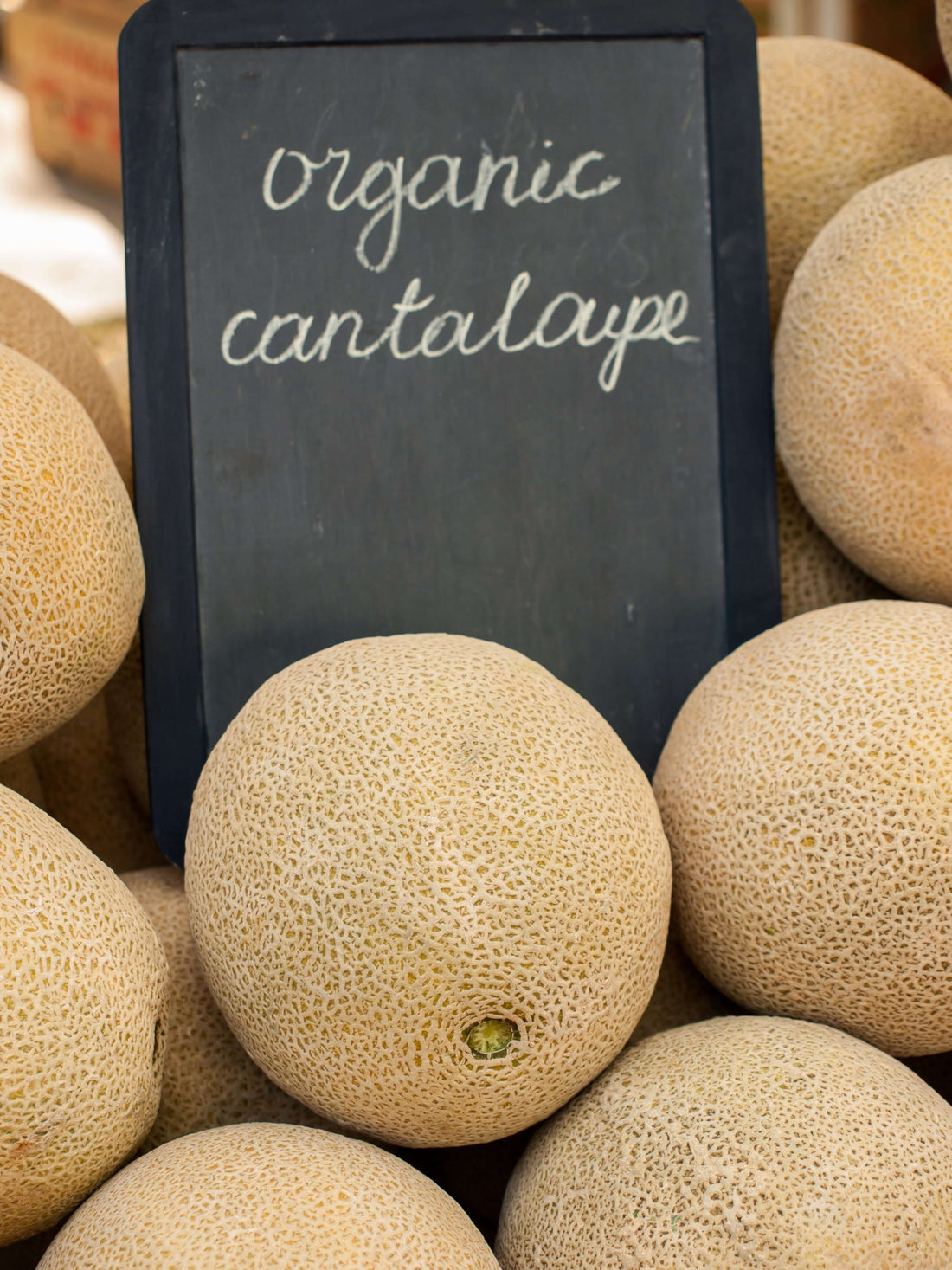
The Best Way to Plant Cantaloupe Organically in the US
Share

Topics Covered:
1. Introduction to Organic Cantaloupe Planting
2. Benefits of Organic Farming Practices
3. Selecting the Right Location for Cantaloupe
4. Soil Preparation and Organic Fertilizers
5. Planting Cantaloupe Seeds
6. Watering and Maintenance
7. Pest and Disease Management
8. Harvesting and Storing Cantaloupe
9. Conclusion
Introduction to Organic Cantaloupe Planting
Organic cantaloupe planting involves using natural methods and materials to grow this delicious fruit without the use of synthetic chemicals. By following organic farming practices, you can ensure a healthier harvest and contribute to environmental sustainability.
Benefits of Organic Farming Practices
Organic farming promotes soil health, biodiversity, and reduces pollution. It also produces fruits that are free from harmful residues, making them safer for consumption.
Selecting the Right Location for Cantaloupe
Choose a sunny location with well-drained soil for planting cantaloupe. Ensure there is good air circulation to prevent diseases.
Soil Preparation and Organic Fertilizers
Before planting, enrich the soil with organic fertilizers such as worm castings and dairy compost. These natural inputs provide essential nutrients for the cantaloupe plants to thrive.
For high-quality organic fertilizers, consider using products from Soil Seed and Water. Their Dan's Gold Organic Dairy Compost and Mikey's Worm Poop Organic Dairy Vermicompost Worm Castings are excellent choices for organic cantaloupe cultivation.
Planting Cantaloupe Seeds
Sow cantaloupe seeds directly into the prepared soil after the last frost date. Space the seeds according to the recommended distance for proper growth.
Watering and Maintenance
Keep the soil consistently moist but not waterlogged. Mulch around the plants to retain moisture and suppress weeds. Regularly check for pests and diseases.
Pest and Disease Management
Use organic pest control methods such as neem oil or insecticidal soap to manage pests. Practice crop rotation to prevent diseases in the soil.
Harvesting and Storing Cantaloupe
Harvest cantaloupe when the fruit easily detaches from the vine with a gentle twist. Store ripe cantaloupe in a cool, dry place for optimal freshness.
Conclusion
By following organic practices and using natural fertilizers like worm castings and dairy compost, you can successfully grow delicious cantaloupe while promoting environmental sustainability. Start your organic cantaloupe garden today and enjoy the fruits of your labor!

